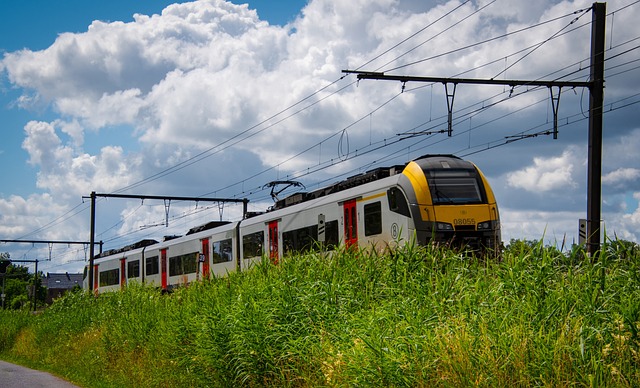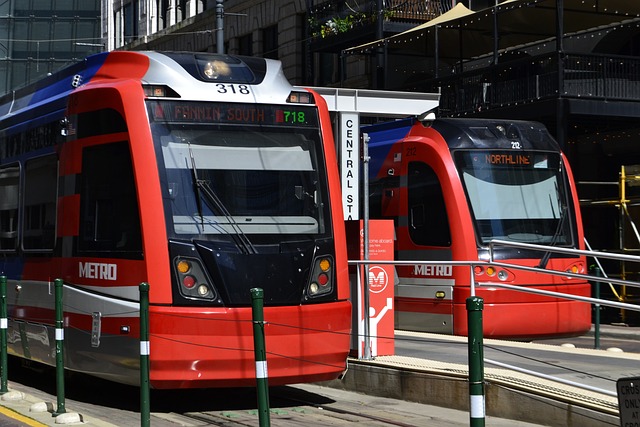Introduction
As cities worldwide strive to address the challenges of urbanization, transportation plays a crucial role in creating sustainable and livable urban environments. Electric vehicles (EVs) and vehicle electrification initiatives in public transportation have emerged as promising solutions to combat air pollution, reduce greenhouse gas emissions, and improve the overall efficiency and accessibility of public transportation systems. In this article, we will explore the benefits and challenges of integrating electric vehicles into public transportation and examine the initiatives driving the electrification of public transit.
Benefits of Electric Vehicles in Public Transportation
Environmental Sustainability: Electric vehicles in public transportation significantly reduce greenhouse gas emissions, air pollution, and noise pollution. By replacing conventional diesel or gasoline-powered buses and trains with EVs, cities can make substantial progress towards achieving their sustainability goals and improving air quality for residents.
Cost Savings: While the upfront cost of electric buses and trains may be higher than their traditional counterparts, the operational costs are considerably lower. Electric vehicles have lower maintenance and fueling costs, resulting in significant long-term cost savings for public transportation agencies. Moreover, with advancements in battery technology and economies of scale, the upfront costs of electric vehicles are expected to decrease over time.

Energy Efficiency: Electric vehicles are more energy-efficient compared to internal combustion engine vehicles. They convert a higher percentage of energy from the grid to power the vehicle, reducing energy waste. This improved energy efficiency helps optimize the use of resources and contributes to a more sustainable transportation system.
Improved Air Quality and Public Health: Electric buses and trains produce zero tailpipe emissions, reducing the release of pollutants such as particulate matter and nitrogen oxides. This has a direct positive impact on air quality, particularly in urban areas where public transportation vehicles are prevalent. Improved air quality translates into better public health outcomes, reducing the risk of respiratory diseases and other health issues associated with poor air quality.
Vehicle Electrification Initiatives in Public Transportation
Pilot Programs and Demonstrations: Many cities and public transportation agencies are conducting pilot programs and demonstrations to test the feasibility and benefits of electric buses and trains. These initiatives help gather data on performance, charging infrastructure requirements, and passenger satisfaction, enabling informed decision-making for future electrification efforts.
Government Incentives and Policies: Governments worldwide are implementing various incentives and policies to promote the electrification of public transportation. These include financial incentives, grants, tax breaks, and regulatory measures that encourage the adoption of electric vehicles in public transit fleets. Such initiatives help offset the higher upfront costs and create a favorable environment for electrification.
Charging Infrastructure Development: The availability of a robust charging infrastructure is crucial for the successful integration of electric vehicles into public transportation. Public charging stations, depot charging infrastructure, and en-route charging infrastructure need to be strategically planned and deployed to support the charging needs of electric buses and trains. Public-private partnerships and collaborations between utilities, transportation agencies, and charging infrastructure providers are essential for the widespread implementation of charging infrastructure.
Challenges and Considerations
Range and Charging Time: Electric buses and trains need to have sufficient range and efficient charging systems to meet the demands of public transportation. Balancing the range requirements with charging infrastructure availability and minimizing charging time are critical considerations to ensure seamless operation and avoid service disruptions.
Upfront Costs and Funding: The higher upfront costs of electric buses and trains can pose financial challenges for public transportation agencies, especially those with limited budgets. Access to funding sources, grants, and subsidies is vital to support the procurement and deployment of electric vehicles in public transit fleets.
Infrastructure Readiness: Transitioning to electric vehicles in public transportation requires substantial infrastructure readiness. Upgrading electrical grids, ensuring sufficient charging capacity, and integrating smart charging systems are essential steps to support the electrification of public transit. Planning and coordination among multiple stakeholders are necessary to address infrastructure challenges effectively.

Training and Workforce Development: Public transportation agencies need to provide adequate training and workforce development programs to equip maintenance personnel and drivers with the necessary skills and knowledge to handle electric vehicles. This includes understanding EV technology, charging protocols, and vehicle maintenance procedures specific to electric vehicles.
Conclusion
The integration of electric vehicles and vehicle electrification initiatives in public transportation holds immense potential for creating sustainable, efficient, and environmentally friendly urban transportation systems. The benefits of reduced emissions, improved air quality, cost savings, and energy efficiency make electric vehicles an attractive option for public transportation agencies.
However, challenges such as upfront costs, infrastructure readiness, and workforce training need to be addressed for successful electrification. By implementing supportive policies, promoting public-private partnerships, and investing in charging infrastructure, cities can accelerate the adoption of electric vehicles in public transportation and contribute to a greener and more sustainable future.

